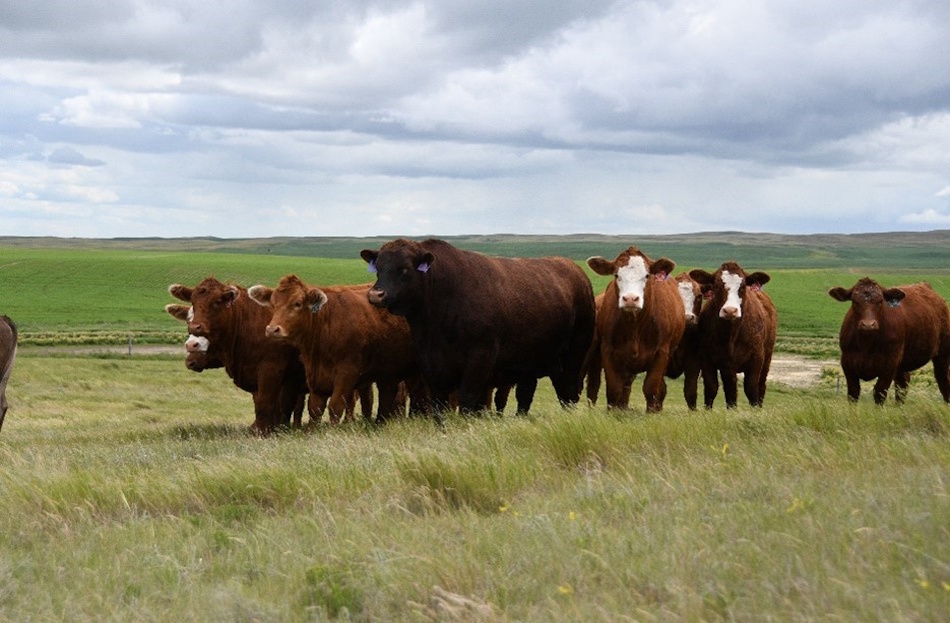Choosing the right replacement heifers is more important than ever for cattle producers, especially with today’s record-high calf prices.
“Replacement heifers represent the genetic potential of a producer’s operation,” says Alexis DeCorby, Livestock and Feed Extension Specialist with the Saskatchewan Ministry of Agriculture’s Yorkton office.
“They’re a costly investment that requires about two years of inputs before they produce a live calf.”
DeCorby points to a recent study that found heifers need to remain in the herd for seven years just to break even on development and maintenance costs. With that in mind, she says producers need to be strategic in selecting heifers that will offer longevity and profitability.
While traditional selection methods, like weaning weight, maternal performance and conformation, are still important, DeCorby says new data is highlighting additional traits that boost profitability: residual feed intake, hybrid vigour, and longevity.
“Residual feed intake, or RFI, measures feed efficiency,” she explains. “Animals that consume more than expected based on their size and growth have a positive RFI, and that costs producers an additional $168.50 per year for every unit increase above average.”
Hybrid vigour was also tied to higher marginal returns.
“Every 10 percent increase in hybrid vigour gave a $21.80 return per cow, per year, longevity matters too. Every extra year a cow remains in the herd adds $142 per year in marginal returns, despite higher feed costs.”
To help commercial producers incorporate these traits more accurately, an ongoing Agricultural Demonstration of Practices and Technologies project is exploring the value of genomic testing in heifer selection.
Producers participating in the study used Neogen’s Igenity Beef profile, a 17-trait DNA tool that ranks animals on maternal, performance, and carcass characteristics. “It also measures stayability and RFI, which are key profitability indicators,” says DeCorby.
Producers will receive their genomic testing results after making their selections to evaluate how well their traditional methods align with the genetic data.
“This project is showing how genomic testing can complement and improve on-farm selection decisions, with more access to this technology, commercial cattlemen have a new tool to ensure long-term profitability.”
